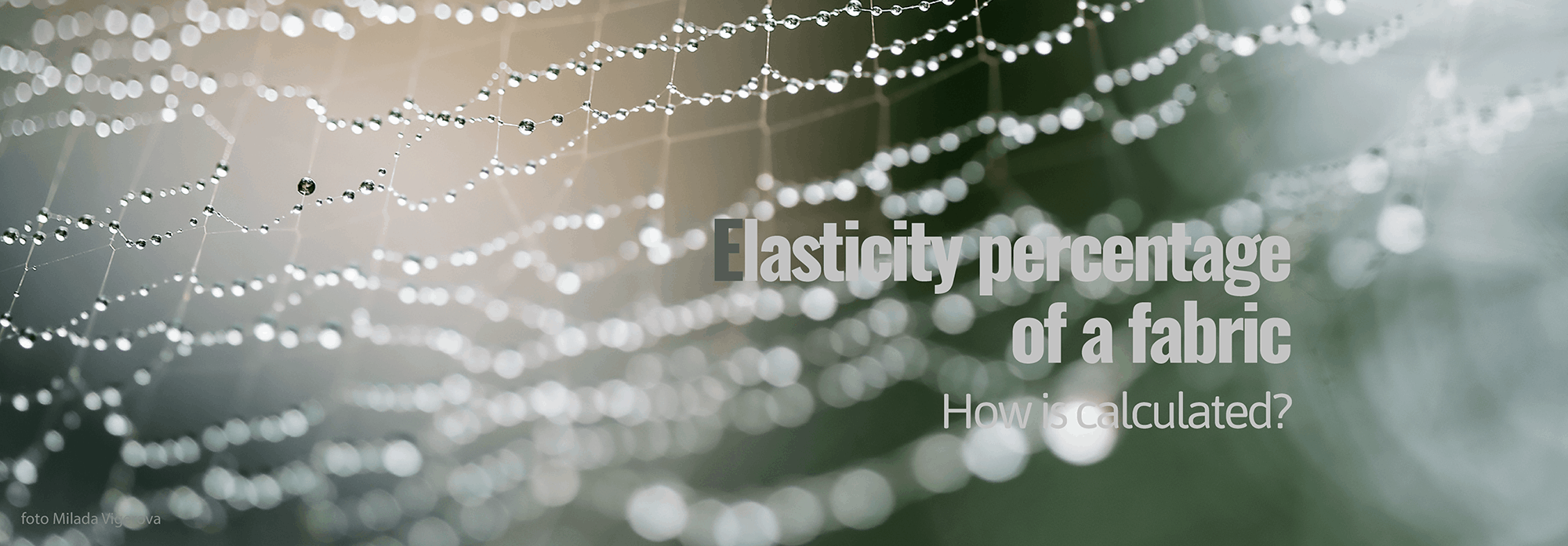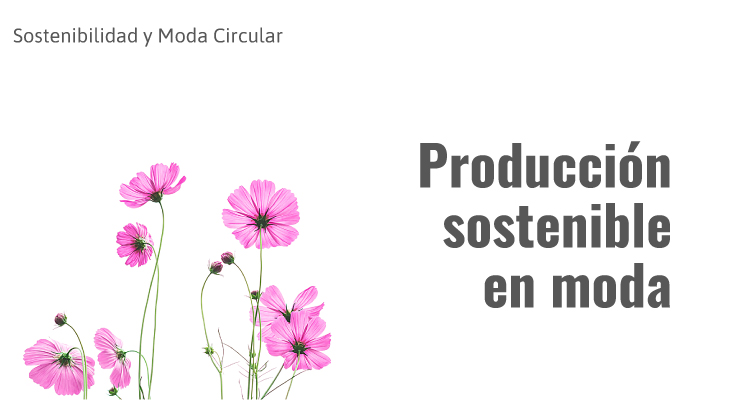
Elasticity percentage of a fabric
How is calculate it?
The elasticity percentage of a fabric is a value to be into account. Before cutting the pieces of a garment, calculate the elasticity percentage of that fabric and verify that it corresponds to the dimensions of the pattern. Otherwise, the fit of the resulting garment will not be the correct. The dimensions of the pattern are adjusted according to the elasticity of the fabric that we are going to use. Sumarizing, the greater the elasticity of the fabric, the dimensions of the pattern have to be reduced.
Elasticity and Recovery
Before continuing, we need to define what is Elasticity, as a consequence, the Recovery factor.
Elasticity: It is the result of stretching a fabric to the maximum without being deformed. The elasticity is measured as a percent per meter or inch. The fabric elasticity can be measured wide-wise, long-wise, or across the bias of the fabric. It can also be measured across several senses at the same time, with the chance their measure is different.
Bounce: It is the recovering capacity after being stretched. Fabrics with high degree of recovery, with a 100% bounce, are those ones that recover their original measurements. If the fabric does not recover its measurements, the garment with which is made will will lose its shape as long as it is used.
Double bounce fabric: It refers to the fabrics stretches in both senses, width and the length.
How to calculate the elasticity?


To calculate the elasticity of a fabric cut a swatch of 25cm x 25cm. Diminish the selvages of the fabric.
- To check elasticity on the width line, fold the piece in half following the same grain line direction.

- On a ruler, stretch the fabric to its maximum without deforming it and take the measure done.

- Once stretched, measure the piece again to check if it has recovered its measurements while in relaxation.

For calculate the elasticity on length or bias line, repeat the method by folding the piece of fabric to the crosswise or bias line.
Calculation of the elasticity percentage
The elasticity percentage is calculate by the following formula:
Elasticity percentage = (final measurement – initial measurement) / initial measurement x 100
For example:
A sample that in a 1 meter of fabric is stretch 125 centimetres will have an elasticity of 25%
125-100 = 25 25/100 = 0.025 0.25 X 100 = 25%
If the test for the same fabric we do with a piece of 25 centimetres, the calculation will be
31.25-25 = 6.25 6.25 / 25 = 0.25 0.25 x 100 = 25%
AUse on the pattern
If the fabric only stretches across the width, we will apply the elasticity percentage contour measurements only. We take the main measure of the clothing size as a reference. For example in a t-shirt, we take the measure of 84cm. breast width. For a fabric with a 25% of elasticity so the piece it has to be reduced the contour to 63cm.
84 – 25% = 63
If the t-shirt consists in two patterns, the chest contour will have to be reduce by 10.5cm. in each pattern. The rest of the contour measurements will be reduced in the same proportion. However, long-wise measures will remain according to the original pattern.
On the other hand, if the fabric is stretch in two directions, the formula will be applied in both directions. Taking into account apply the percentage that corresponds to each one.
.

Olga Fuenmayor
Editor of Seampedia
Fashion Technical Management / Consulting
Model development / Quality control / Production control.
This article is publish simultaneously in:

“sharing knowledge makes us happy”



